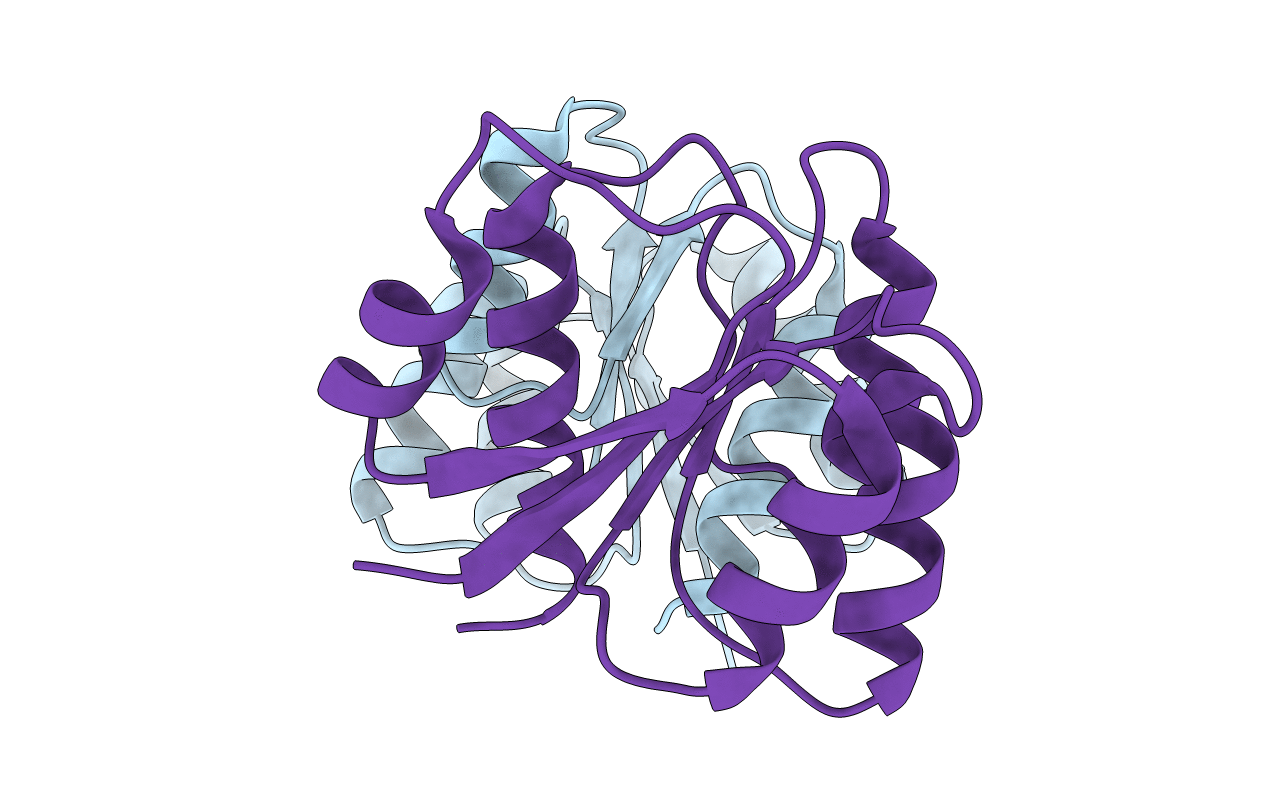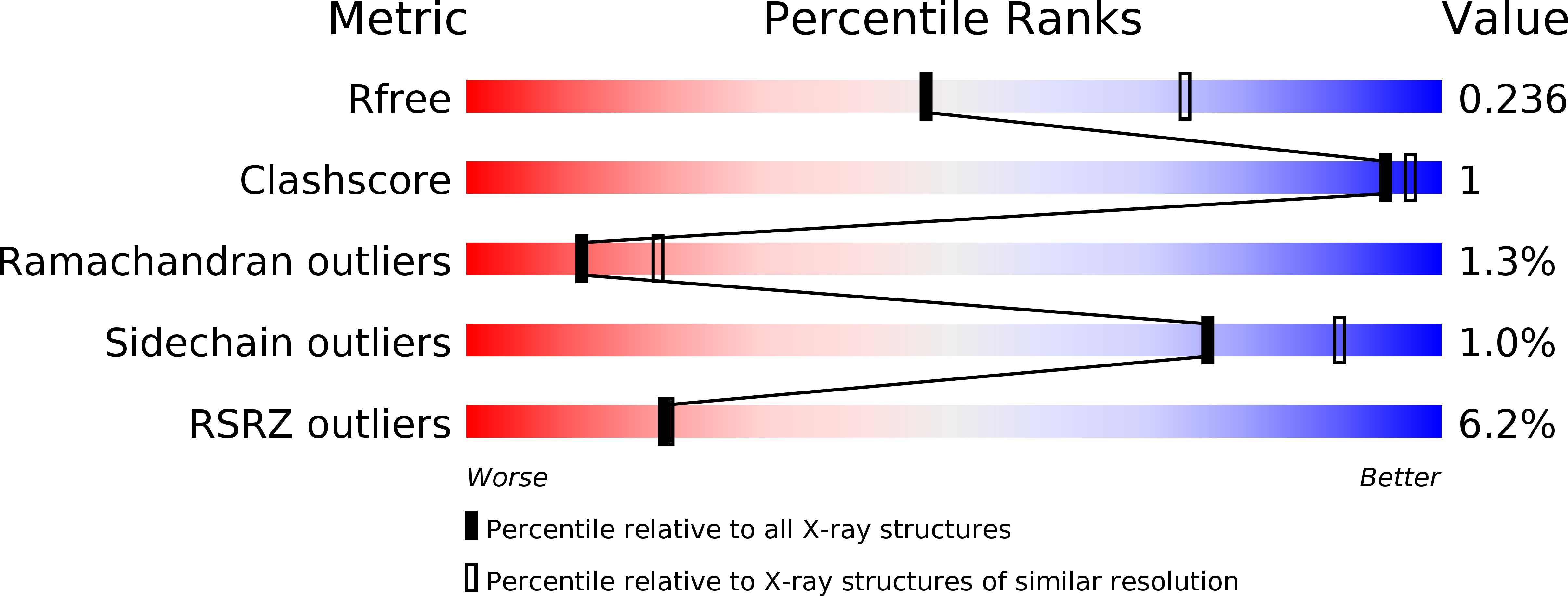
Deposition Date
2017-01-13
Release Date
2017-08-16
Last Version Date
2023-10-04
Entry Detail
PDB ID:
5UIC
Keywords:
Title:
Structure of the Francisella response regulator receiver domain, QseB
Biological Source:
Source Organism:
Host Organism:
Method Details:
Experimental Method:
Resolution:
2.49 Å
R-Value Free:
0.23
R-Value Work:
0.22
R-Value Observed:
0.22
Space Group:
P 41 21 2


